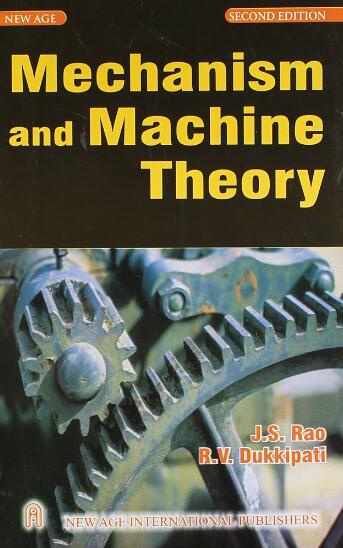Reducing backward motion of stick-slip piezoelectric actuators using dual driving feet designed by asymmetric stiffness principle
IF 4.5
1区 工程技术
Q1 ENGINEERING, MECHANICAL
引用次数: 0
Abstract
Stick–slip piezoelectric actuators (SSPEAs) have drawn attention for their features of simple structure and high positioning accuracy. However, the backward motion has always been a major problem that limits driving speed and smoothness. Existing methods mainly focus on control methods and driving signal optimization, while few efforts emphasize mechanical structure optimization. To address this problem from the root of structure design, a novel SSPEA based on the principle of asymmetric stiffness is developed. A dual-driving feet configuration generates phase differences between two feet when feeding sawtooth driving signals. The core idea is that the backward motion of one driving foot can be compensated by another foot making full use of the phase difference due to the asymmetric stiffness compliant mechanism (ASCM). Kinematic and static models are built and the structural dimensions are then determined. Finite element analysis is conducted preliminarily to test the output performance. A physical prototype is fabricated and experimentally verified. Experimental results show the proposed actuator with ASCM achieves smaller backward motion and larger step size ranging from 250 to 1400 Hz driving frequencies compared with traditional triangular compliant mechanism (TTCM). The maximum speed is obtained as 47.2 mm/s with a resolution of .
利用非对称刚度原理设计的双驱动脚减少粘滑压电致动器的后向运动
粘滑压电致动器(SSPEA)因其结构简单、定位精度高而备受关注。然而,后向运动一直是限制驱动速度和平稳性的主要问题。现有方法主要集中在控制方法和驱动信号优化上,而很少有人关注机械结构优化。为了从结构设计的根源上解决这一问题,我们开发了一种基于非对称刚度原理的新型 SSPEA。当输入锯齿驱动信号时,双驱动脚配置会在两个脚之间产生相位差。其核心思想是,由于非对称刚度顺应机构(ASCM)的存在,一个驱动脚的后退运动可由另一个脚充分利用相位差进行补偿。建立运动和静态模型,然后确定结构尺寸。初步进行了有限元分析,以测试输出性能。制作了一个物理原型并进行了实验验证。实验结果表明,与传统的三角形顺从机构(TTCM)相比,带有 ASCM 的拟议致动器实现了更小的后向运动和更大的步长,驱动频率范围从 250 Hz 到 1400 Hz。最大速度为 47.2 mm/s,分辨率为 0.07μm。
本文章由计算机程序翻译,如有差异,请以英文原文为准。
求助全文
约1分钟内获得全文
求助全文
来源期刊

Mechanism and Machine Theory
工程技术-工程:机械
CiteScore
9.90
自引率
23.10%
发文量
450
审稿时长
20 days
期刊介绍:
Mechanism and Machine Theory provides a medium of communication between engineers and scientists engaged in research and development within the fields of knowledge embraced by IFToMM, the International Federation for the Promotion of Mechanism and Machine Science, therefore affiliated with IFToMM as its official research journal.
The main topics are:
Design Theory and Methodology;
Haptics and Human-Machine-Interfaces;
Robotics, Mechatronics and Micro-Machines;
Mechanisms, Mechanical Transmissions and Machines;
Kinematics, Dynamics, and Control of Mechanical Systems;
Applications to Bioengineering and Molecular Chemistry
 求助内容:
求助内容: 应助结果提醒方式:
应助结果提醒方式:


